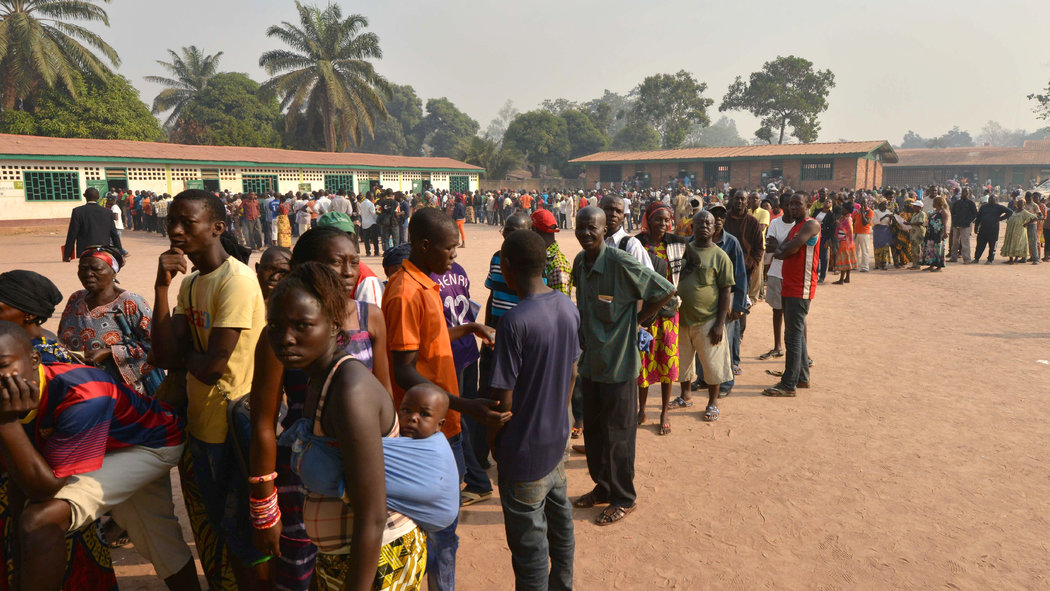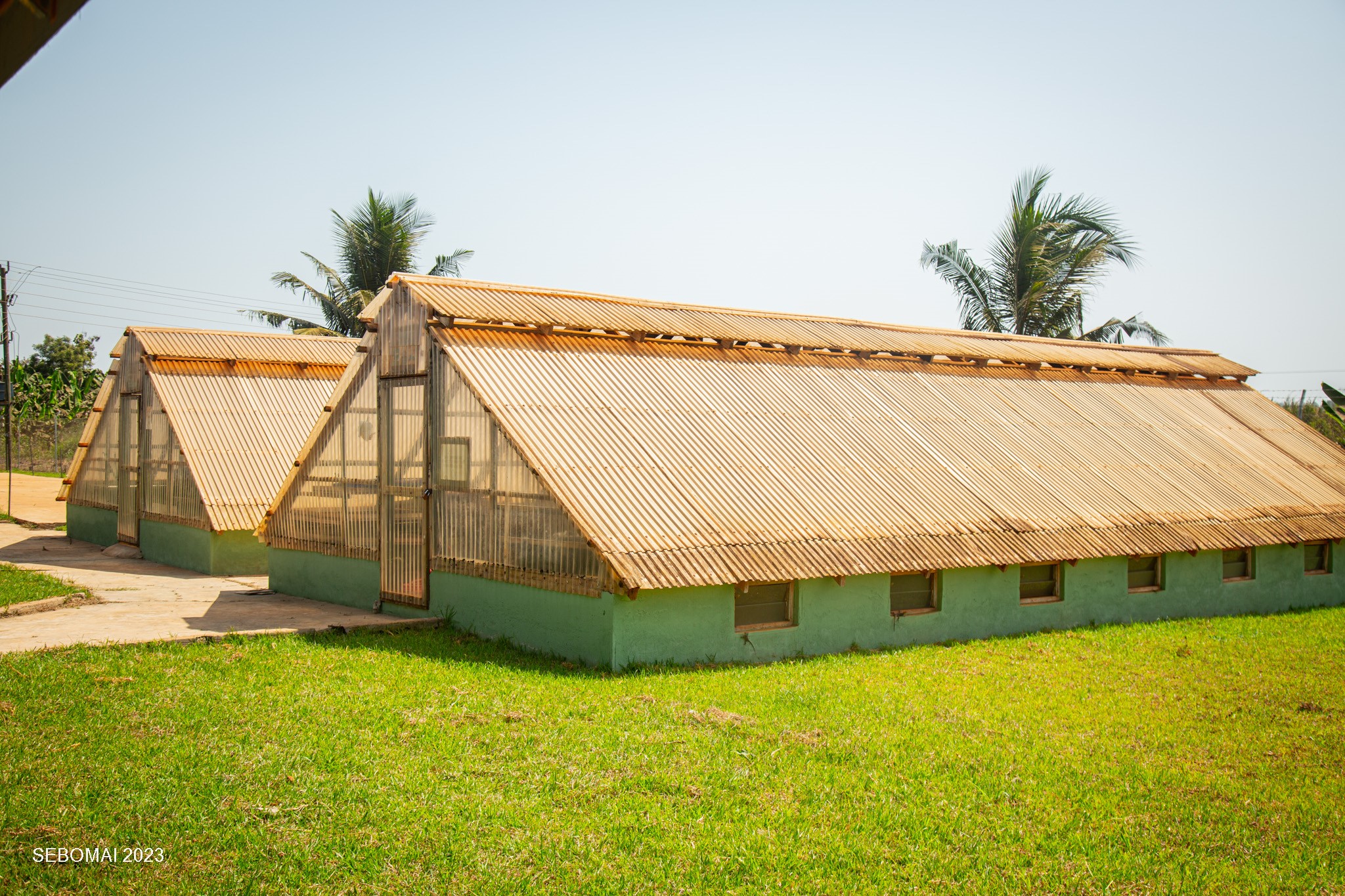
- Business Insider Africa presents 5 factors that affect regional equality in Sub-Saharan Africa.
- The list is courtesy of a research report from the International Monetary Fund.
- A lack of data resulted in the IMF using satellite imagery to deduce its figures.
Although a highly nuanced subject, with numerous macroeconomic factors to consider, it is safe to say that, at the very least, on a surface level, the economy of Sub-Saharan Africa is a growing one.
Prior to the pandemic, many Sub-Saharan African regions were growing at an impressive rate. Ethiopia and Rwanda, are prime examples as they experienced some of the fastest expansions in the world, averaging more than 7.5% growth per year, over the past two decades.
However, this data does not reflect income equality amongst Sub-Saharan countries. While the region's overall revenue is on a steady increase, the question with this as it’s always been is, “is everyone benefiting?”
Inequality in Africa is one of the biggest issues the continent experiences to date. When wealth is not distributed evenly, crime rate, poverty, and social and political unrest all become predominant, while economic progress is impeded drastically.
The International Monetary Fund took a comprehensive look into the inequality plaguing Sub-Saharan Africa and deduced five of the most significant determinants of regional inequality.
The standard method for measuring the prosperity of a country or its sub-region is via its GDP per capita, however, data for low-income countries at the sub-national level is majorly unavailable.
To combat this problem, the IMF used night-time satellite imagery to detect economic activities in the night via light intensity in all Sub-Saharan regions. The more intense and concentrated the light was in a particular region, the more that region was assumed to be economically active.
Household survey data and macroeconomic indicators were also used to conduct the entire study, and the study shows that inequality was still a prevalent problem in Africa, particularly in the last decade.
Interestingly enough, the study also revealed that higher-earning countries had higher levels of sub-regional inequalities.
Below are five factors the IMF listed as reasons why regional and intraregional inequality persists.
Macroeconomic stability: Where there are high levels of inflation, there are high levels of inequality. The income gap at a regional and sub-regional level further expands the gap between the purchasing power of different consumers in the different social and financial classes.
Trade Openness: This is a more straightforward factor as access to international markets could help create more economic opportunities and increase economic activity within a region. However, said access is not a privilege most Sub-Saharans can boast of.
Targeted Investment: Location for the most part plays a vital role in creating financial success. A prime example is Lagos, where the majority of Nigeria’s economic activities are situated. A Nigerian is more likely to be successful in this sub-region than any other state. To this effect, investments must be targeted to other states and less lucrative sectors to diversify the country’s income portfolio to service its population.
Political stability: This factor is a no brainers as civil unrest has been proven to impede economic growth. Civil wars and weak political institutions hamper economic activities, destroy lives and properties, and drastically affect the country's human capital, especially those already on the lower spectrum of the inequality line.
Regulatory Quality: Still on the subject of political institutions, countries with robust regulatory systems enjoy lower levels of inequality as the region’s administration can construct and enact sound workable policies and regulations that promote the growth of businesses within the region.
Read Full Story
























Facebook
Twitter
Pinterest
Instagram
Google+
YouTube
LinkedIn
RSS